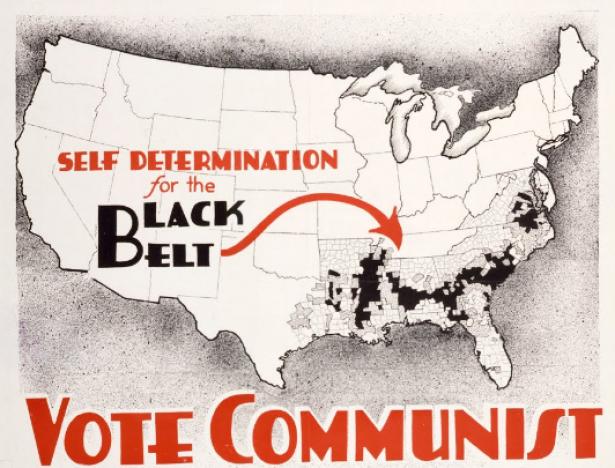The Failed JFK Assassination Attempts They Don’t Teach in School — In this gripping episode of America’s Untold Stories, hosts Mark Groubert and Eric Hunley sit down with JFK researcher Paul Bleau to uncover the chilling history of failed or alternate plots to assassinate President John F. Kennedy—before Dallas.
From Thomas Arthur Vallee in Chicago, to Gilberto Policarpo Lopez in Florida, and the eerily accurate prediction by James Milteer, this discussion peels back the layers of orchestrated chaos leading up to November 22, 1963. Were these men just “lone nuts,” or were they patsies prepared in case the main plot failed?
Paul Bleau, author and assassination researcher, reveals a web of disturbing connections, warnings ignored, and eerily similar “dry runs” that suggest the Dallas hit may not have been the only plan in motion. This episode explores the broader conspiracy timeline, showing that JFK’s life was in danger long before Dealey Plaza—and the real story is even darker than we thought.
2:08 pm on April 22, 2025






